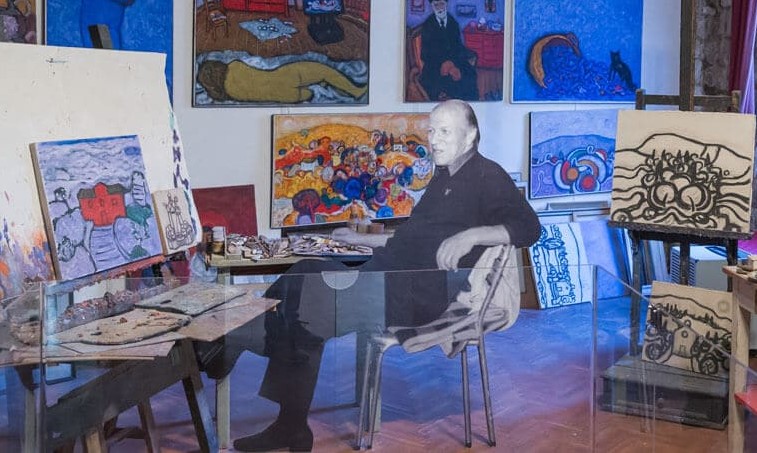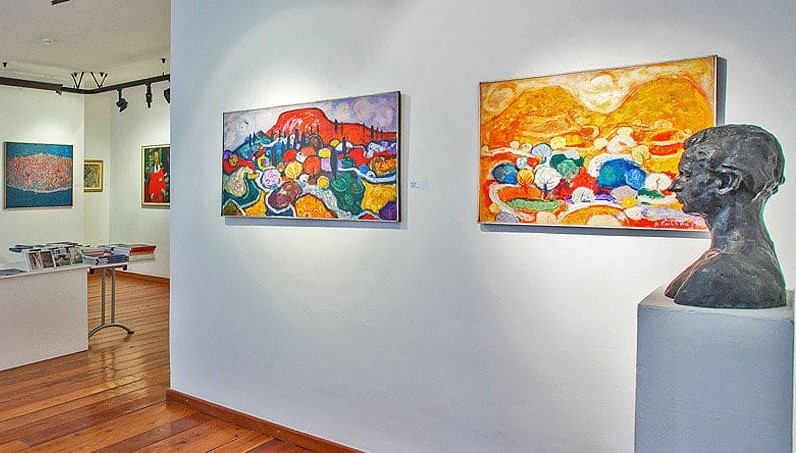Museum of Modern Art Dubrovnik
Removed from Unnamed collection





Source: Glasgow Better Adventure Images may be subject to copyright. Learn More
The Museum of Modern Art in Dubrovnik is a captivating blend of history and creativity. Founded in 1945, this cultural gem occupies a building with a story as intriguing as the art within it. Originally constructed between 1935 and 1939, it was envisioned as the luxurious residence of Božo Banac, a prominent ship owner from Dubrovnik. In 1948, however, it found new purpose as a museum, showcasing modern art in a setting brimming with architectural charm.
The museum's design is the brainchild of acclaimed Croatian architects Lavoslav Horvat and Harold Bilinić. They crafted it in a neo-Renaissance and Gothic style that echoes the grandeur of Dubrovnik's architectural heritage, reminiscent of landmarks like the Rector’s Palace and the Sponza Palace. It's like stepping into a living piece of history, where every corner tells a story.
Inside, the museum boasts nine exhibition rooms, complemented by two storerooms and several smaller workspaces. But what truly sets it apart is the expansive space it offers: 900 square meters indoors and over 1100 square meters of outdoor exhibition space, complete with large terraces that offer breathtaking views of the sea. Imagine strolling through the garden, the salty breeze in your hair, as you ponder the thought-provoking works on display. For those eager to visit, the museum is not just a feast for the eyes but also a chance to appreciate the seamless blend of art and architecture. You'll find yourself inspired not only by the exhibits but also by the building itself, a masterpiece in its own right.
 Glasgow Better Adventure
Glasgow Better Adventure  Croatia
Croatia